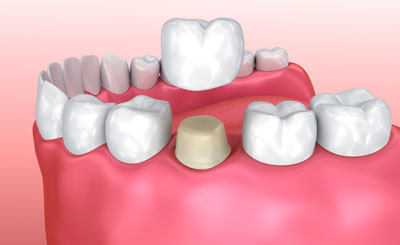
Root Scaling and Planing
Lafayette, CA
If you have gum disease, you may need a root scaling and planing procedure to help get rid of it. This is a serious condition that can lead to eventual bone and tooth loss. We will go through every treatment we can to prevent gum disease and other painful conditions. At Lafayette Dental Implant Center, we recommend that you visit our dental office twice per year so we can do just that. We want to remove plaque and tartar before they can cause gum disease, gum recession, and the need for this procedure. However, if you do need a root scaling and planing procedure, we can help and we can ensure that you are as comfortable as possible during it.




